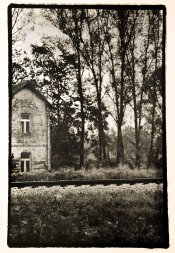sharris
Member
evening to all- am pondering moving larger from current 11x14 to 16x24 or 20x24 which seems to be next size available given the 6x7 negs I can now produce thanks to RB67 and P67. I have a beseler 23c with the neg carrier but only a 75mm lens...will that be a limitation? I see posts recommending 90mm and up, but does anyone have thoughts on just how necessary it really is? I also need the appropriate developing trays I realize, but other than increased usage of developer and fix, any other issues you ran into making similar jump? I am still giving thought to options for making an easel for example. i desire to print larger and less frequently and want to simplify as much as possible. thanks.













